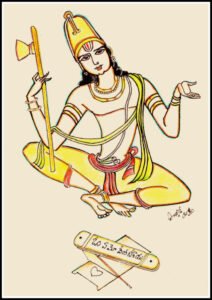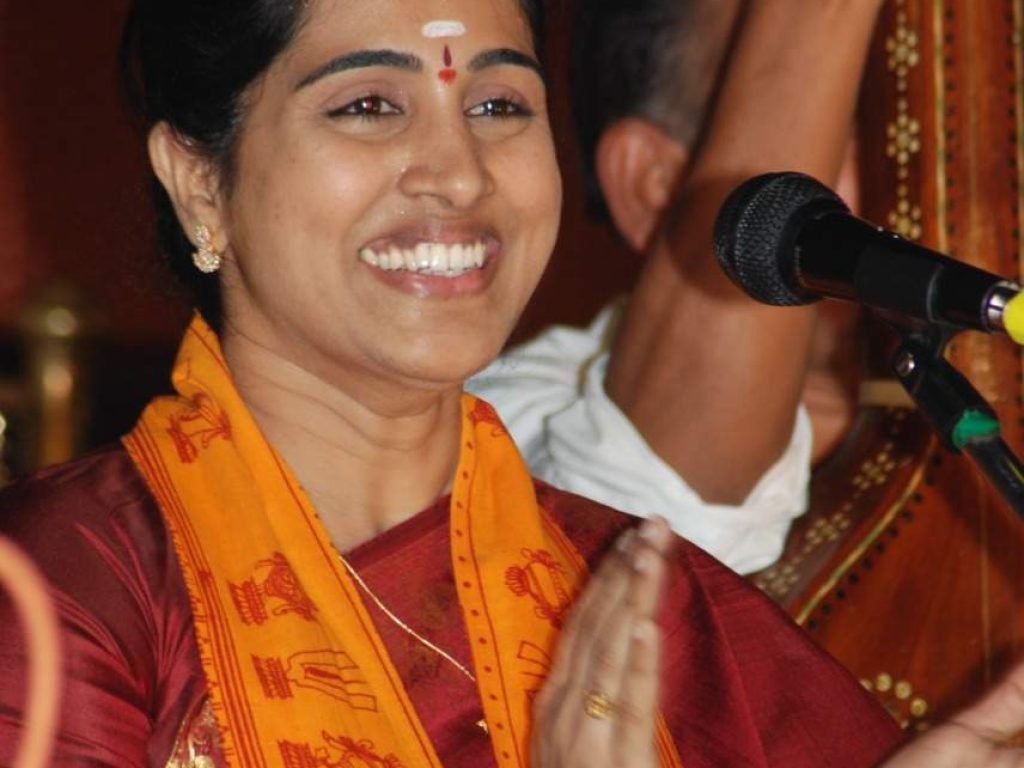Shift in thinking & attitude to Live life happily. Live with ease, not a disease.

His Highness Tallapaka Annamacharya was a devotee of Lord Venkateshwara and composed many songs in his praise, during his lifetime. During his literary career, 32,000 keertanas (songs) were said to have been composed by Annamacharya. But only 12,000 of those keertanas are available today.
Annamacharya was one of the first poets in Telugu literature who opposed social stigma toward the untouchable castes through his compositions. These sentiments were echoed in his well-known song Brahmaṃ Okkate (The divine and absolute power is one). He argued that the relationship between the god and human is the same irrespective of their financial status, caste, and colour.
Amma Kondaveeti Jyothirmaye has done a lot of research into Annamayya Sankeerthana to reveal a complete different dimension of meaning that is hidden in his Sankeerthanas.
Sankeerthana is a "Nama Nada Yogam", the culmination of Namam (divine name) and Nadam (sacred sound). Although, sankeerthana involves an expertise in music, Amma Jyothirmaye encourages anybody who is interested in spiritual path to enjoy this ambrosia. In fact, she is one of a kind to frame the prequisite as "Devotees should not have prior music knowledge" to join her Yogic Life.
Sankeerthana is a *Sadhana* a term used to refer to a daily spiritual practice. But, for Amma’s Yogic life followers, it is a soul-purifying process where they immerse themselves in *GOD* with mind, heart and body.
Amma reiterates that Sadhana is not “DOING” but it is “BEING”. It can be reworded as –
Devotees can practice Sankeerthana at all times without any conflicts unlike MANTRA (sacred utterance) which contains Devatha, Beejam, Shakthi, and Keelakam and involves certain parameters to chant. Sankeerthana can be practised anywhere, anytime without reservations or apprehensions. The two characteristics of light are metrical movement and musical movement.
Amma says, “Music is not for Music. Music is not only for bliss. Music should enchant, inspire and bring cultural revolution.”
